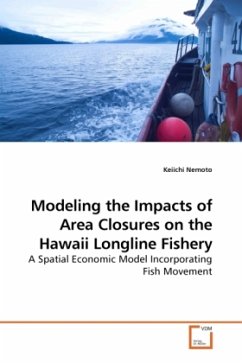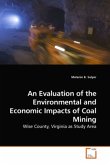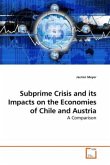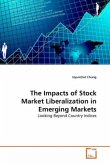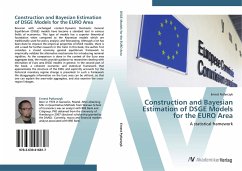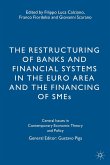Area closures have been widely used in the management of migratory fish and conservation of endangered marine species, but very few economic models are available to assess the impacts of a closure. This study presents a spatial economic model that features (i) heterogeneously distributed stocks of multiple species, (ii) their movement across areas, (iii) travel costs depending on fishing location, and (iv) optimal allocation of fishing trips to areas and of the primary target in each fishing set. The model also assumes that catch-per-unit-effort diminishes with effort, while fishermen trade off between offshore days (labor) and onshore days (leisure). Application of this model for the Hawaii longline fishery demonstrates that a near-shore area closure leads to fewer trips of longer duration, while a closure of the North Pacific to protect sea turtles significantly reduces swordfish catch and increases the catch of near- shore species. The analysis should help shed some light on more effective fishery management and marine resource conservation.
